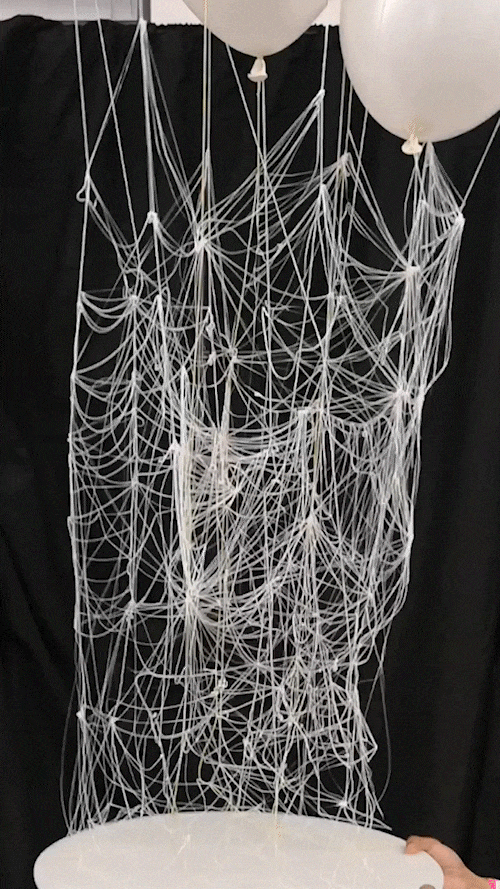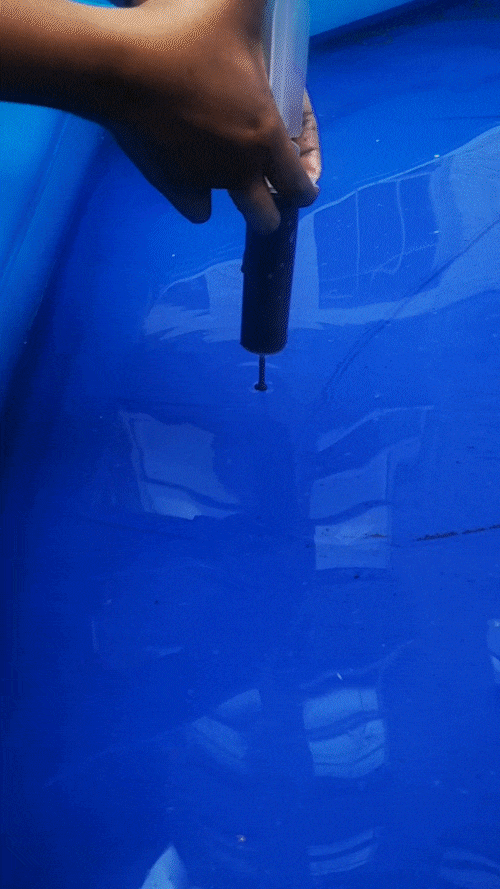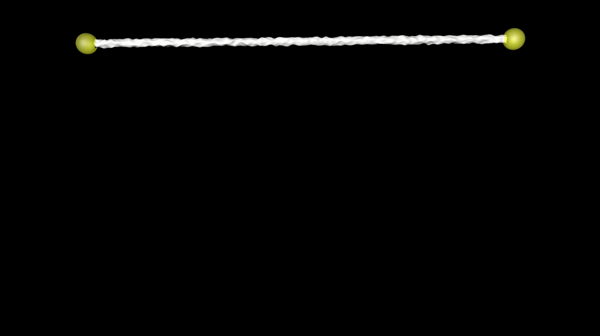MOBILE SEAWEED FARM
Studio Theodore Spyropoulos
Tutors Apostolos Despotidis, Octavian Mihai Gheorghiu, Hanjun Kim
Team Paul Yakubu | Luisa Pereira Pires | Sukanya Balaji | Zhaorui Zeng
Life, as we know it, began in the Ocean. However, aquatic life suffers from the detrimental impacts of global warming, temperature rise, and plastic pollution resulting in microplastic bioaccumulation. Along with extensive farming, these negative factors all lead to an ecological imbalance within the ocean. Research on marine ecology establishes that seaweed as an organic agent helps decrease ocean temperatures through photosynthesis, reduces ocean acidification, collects microplastics via surface adhesion, and provides food and shelter for aquatic life.
This project crafts solutions to the above problems through an elemental perspective by adopting seaweed as technology. The project involves the research and design of a mobile seaweed farm aimed to move, adapt to ocean conditions, clean-up microplastics and ultimately, sustain life in the ocean. It explores a core aim of filtering microplastics with seaweed, engaging the potential of 2 plastic materials (Microplastics & Seaweed bioplastics). Microplastics are hydrophobic, they form colloids attaching to seaweed surface thus making it a natural filter. Seaweed bioplastics, on the other hand, offer an alternative sustainable material for the farming infrastructure.
The Mobile Seaweed Farm is a circular system of seaweed aquaculture. It enables an automated, symbiotic farming cycle that can adapt and enhance ocean ecology on a planetary scale. The system involves three phases in the farming process. It starts with on-site production of the farming nets where the project explores 3D printing of seaweed bioplastic on water. It is followed by an active farming phase where the nets are moved with designed robotic systems; they are constantly shaped responding to ocean conditions required for farming and used as filters for microplastics. The robotic systems print and control these passive nets across these two phases. They are designed with swarm intelligence to aggregate, separate, or form groups to respond to ocean conditions and farming requirements. The last phase involves the harvesting of seaweed and the collected microplastics. It explores how these nets rise above the water body, creating a variety of harvest structures interacting with farmers, floating structures, coastal areas, and other elements of architecture.












